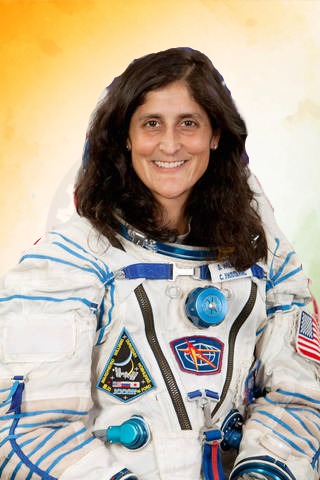
After an extended eight-month mission aboard the International Space Station (ISS), NASA astronauts Sunita “Suni” Williams and Barry “Butch” Wilmore stepped outside the station on Thursday for a historic spacewalk. The 5-hour, 26-minute extravehicular activity (EVA) was not only crucial for ISS maintenance but also cemented Williams’ legacy in space exploration—she is now the woman with the most cumulative time spent on spacewalks in history.
Originally expected to return to Earth weeks after their June 2024 arrival, the astronauts have had to adjust to an extended stay due to technical issues with their Boeing Starliner spacecraft. Despite the delays, they remain committed to critical tasks on the ISS, including this milestone spacewalk that demonstrated their resilience, expertise, and adaptability in space.
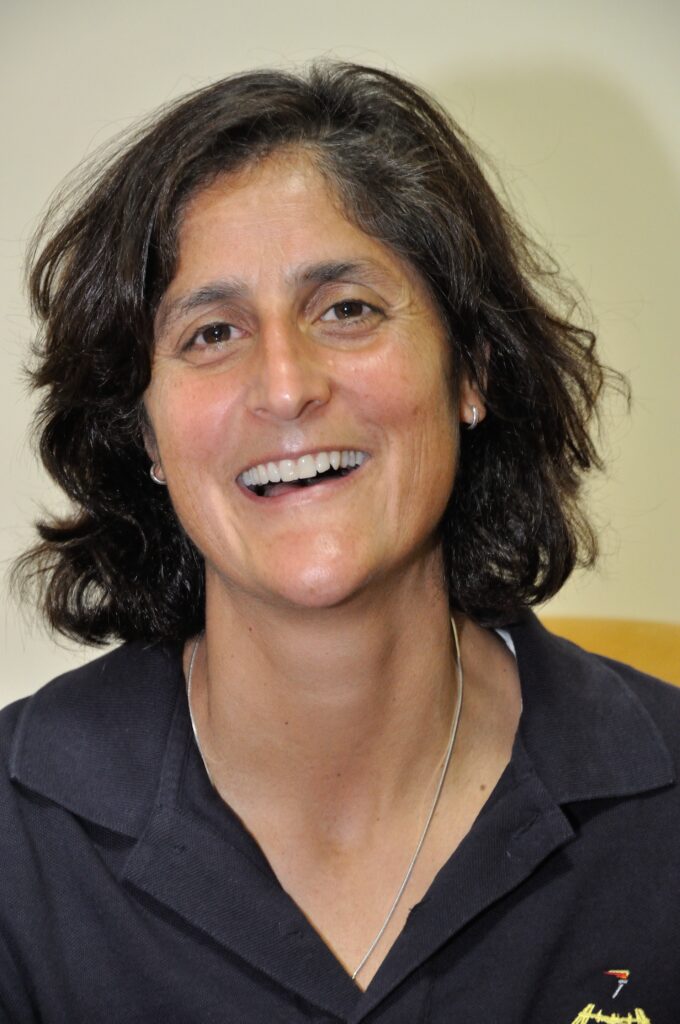
Stepping into the Void: The Spacewalk Begins
As Wilmore emerged from the ISS airlock, his words captured the significance of the moment: “Here we go.” It was his first spacewalk since arriving on the ISS, though it marked his fifth overall in his career. Williams, a veteran of extravehicular activities, had already conducted a spacewalk just two weeks prior alongside fellow NASA astronaut Nick Hague.
During the EVA, the duo worked on multiple essential maintenance tasks, including replacing degraded radio communication hardware and collecting microbial samples from the station’s exterior for scientific analysis. These samples will help researchers study how microorganisms survive in the harsh environment of space, offering valuable insights into bio-contamination risks for future missions, including those to the Moon and Mars.
While handling the repairs, both astronauts had to maneuver carefully using their suits’ life-support systems and tethers, floating more than 250 miles above Earth. NASA’s live broadcast captured breathtaking views of the planet below as Williams and Wilmore worked methodically through their checklist.
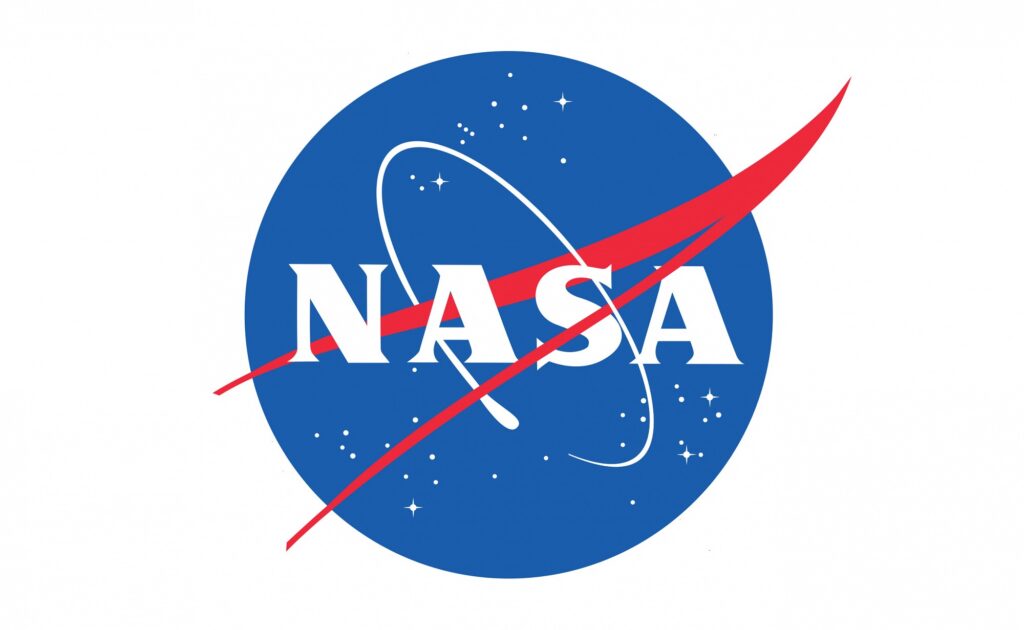
A Record-Breaking Milestone for Sunita Williams
Thursday’s spacewalk was particularly significant for Sunita Williams, who officially surpassed Peggy Whitson’s previous record for the most cumulative EVA hours by a woman. Williams’ career total now stands at 62 hours and 6 minutes, overtaking Whitson’s 2017 record of 60 hours and 21 minutes.
Though Whitson still holds the record for the highest number of spacewalks by a female astronaut—10 in total—Williams is now the leading woman in terms of total time spent working outside a spacecraft. This milestone further solidifies her status as a trailblazer in human spaceflight.
Williams, a former U.S. Navy test pilot, has long been a role model for aspiring astronauts. With a career spanning multiple spaceflights, she has participated in critical research aboard the ISS and played a key role in NASA’s evolving partnerships with commercial spaceflight programs like Boeing’s Starliner.
The Unplanned Extended Stay on the ISS
The duo’s journey aboard the ISS has been far longer than anticipated. Williams and Wilmore launched on Boeing’s Starliner spacecraft in June 2024 as part of NASA’s efforts to certify the vehicle for regular crewed missions. The test flight was meant to last just a few weeks, but technical issues with the spacecraft forced an indefinite extension of their mission.
NASA and Boeing engineers have been working to resolve Starliner’s propulsion system concerns, ensuring a safe return for the astronauts. While unexpected, the prolonged stay has given Wilmore and Williams more opportunities to contribute to ISS research, conduct maintenance, and support fellow crew members.
What’s Next for the Starliner Astronauts?
With their spacewalk successfully completed, the focus now shifts back to resolving the issues with Starliner and preparing for their eventual return to Earth. NASA has not yet announced an exact date for their departure, but the agency remains confident in bringing them home safely once all systems are cleared.
For now, Williams and Wilmore continue their work aboard the ISS, demonstrating the adaptability and determination that define human spaceflight. Whether in low-Earth orbit or on future deep-space missions, their efforts will pave the way for new milestones in space exploration.
As the world watches their journey unfold, one thing is certain—Sunita Williams and Barry Wilmore have already secured their place in the history books.






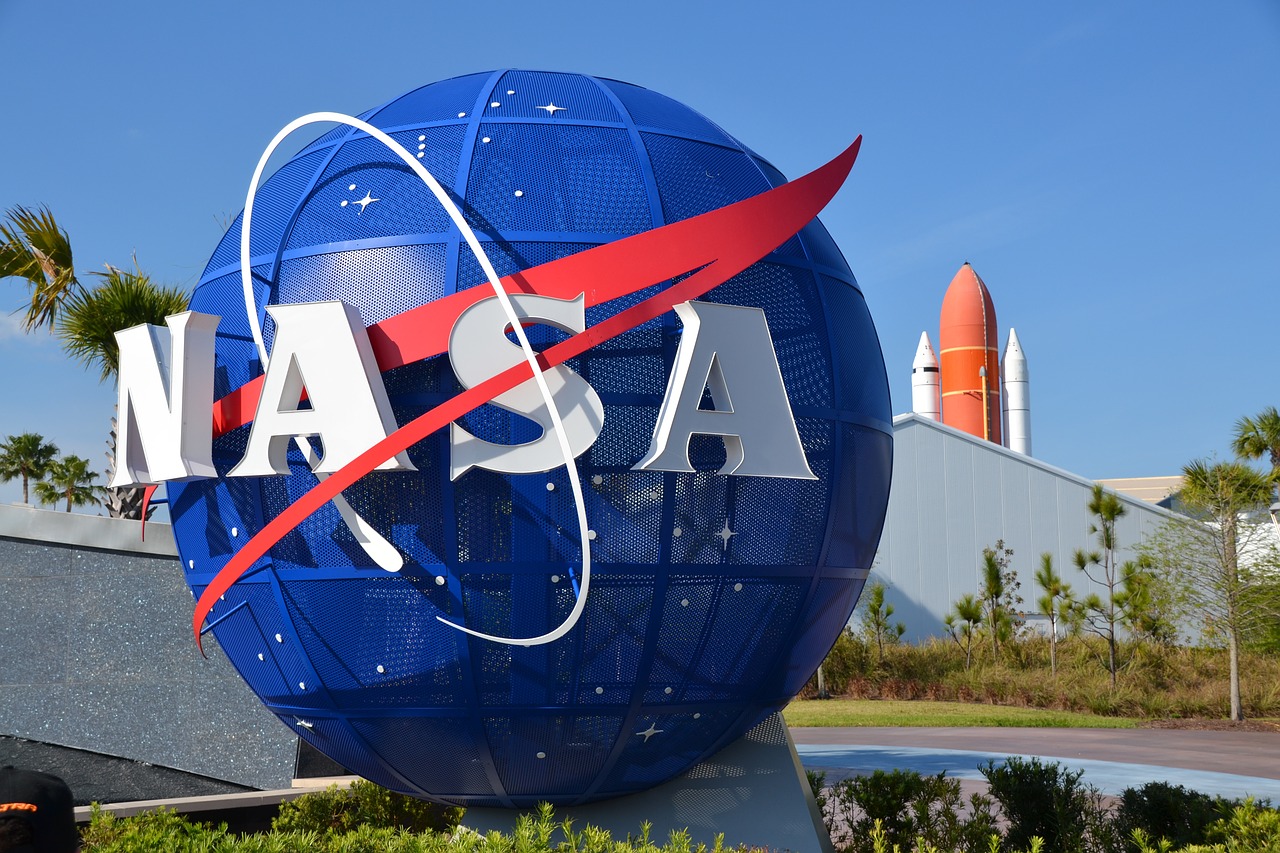

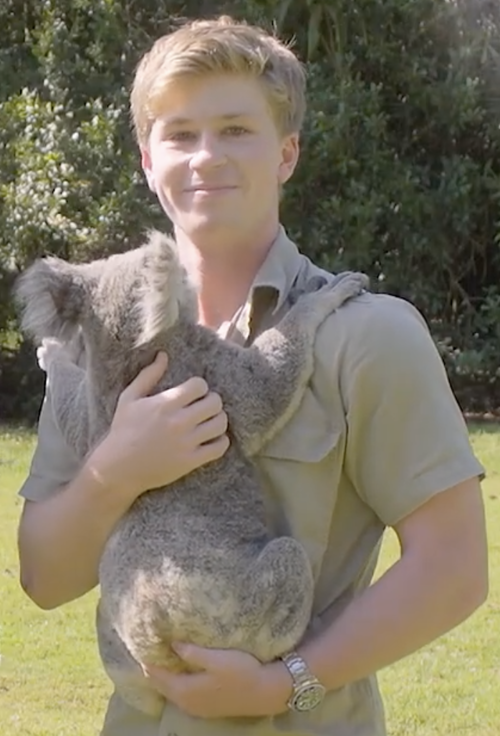


One thought on “NASA’s Starliner Astronauts Make History with Milestone Spacewalk”